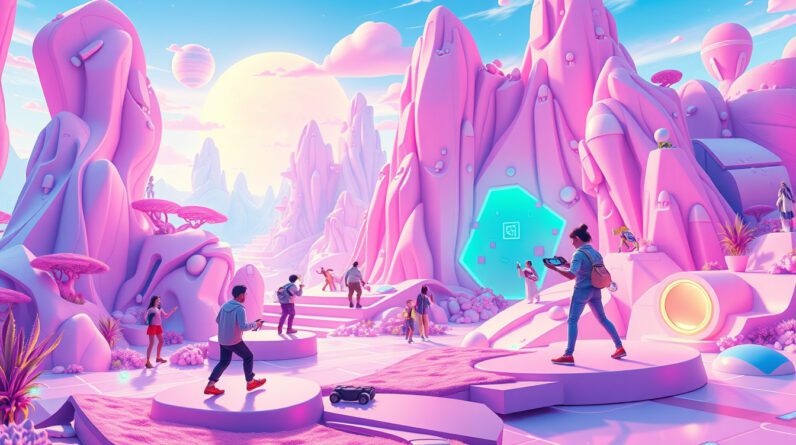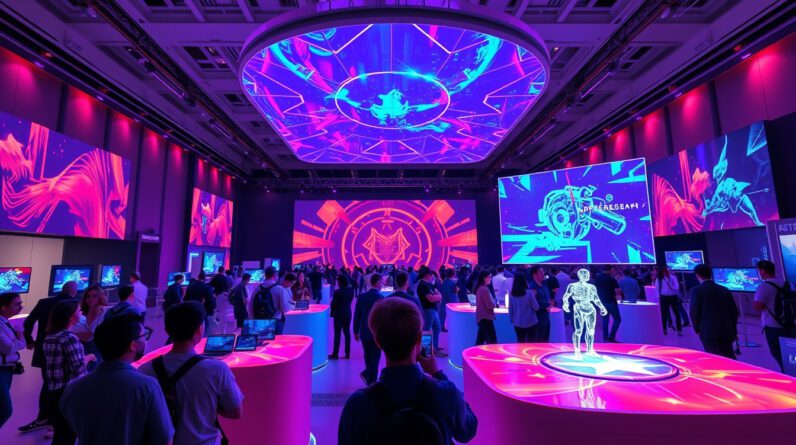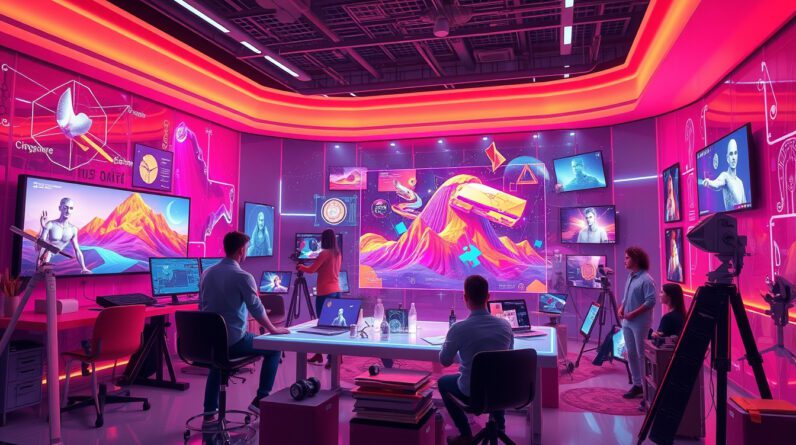
In a groundbreaking move that promises to reshape the landscape of graphics and gaming, Tencent Holdings Ltd. has introduced innovative AI services aimed at transforming text and images into stunning 3D visuals. This launch not only highlights Tencent’s commitment to advancing technology but also reflects a significant trend among major tech companies harnessing the power of artificial intelligence. Following the inspirational strides made by DeepSeek in the AI domain across both China and the United States, Tencent’s new offerings, including five cutting-edge 3D-content generators derived from the Hunyuan3D-2.0 model, are set to revolutionize how creators and developers approach 3D content creation. Moreover, in an unprecedented gesture towards community-driven innovation, Tencent plans to open-source these tools, allowing users to leverage this advanced technology for a variety of applications, particularly in gaming and multimedia content.

Takeaways
- Tencent has launched innovative AI services that convert text and images into 3D graphics.
- The new toolset includes five 3D-content generators powered by Tencent’s Hunyuan3D-2.0 model.
- These advancements are set to revolutionize the gaming and multimedia industries while promoting open-source collaboration.
Overview of Tencent’s AI 3D Services
Tencent Holdings Ltd. is making waves in the tech industry with its latest foray into artificial intelligence, specifically through its innovative AI 3D services. This groundbreaking release allows users to transform text and images into stunning 3D visuals and graphics, a feature that not only highlights Tencent’s commitment to advancing technology but also places it among the key players in the global AI narrative, especially following transformative advancements from firms like DeepSeek in both China and the United States. The new offerings include five versatile 3D-content generators, all powered by Tencent’s sophisticated Hunyuan3D-2.0 model. In a move that showcases its dedication to fostering a collaborative tech ecosystem, Tencent plans to open-source this model for developers and users alike. Designed to complement and enhance an upgraded version of Tencent’s proprietary 3D engine, these AI tools are set to revolutionize various applications, particularly within gaming and multimedia content creation. As the demand for high-quality 3D graphics continues to grow, Tencent’s innovative solutions position it at the forefront of this exciting field, paving the way for users to create immersive and visually captivating experiences.
Impact on Gaming and Multimedia Graphics
The introduction of Tencent’s AI-driven 3D content generators represents a significant leap in the integration of artificial intelligence within the realms of gaming and multimedia graphics. By harnessing the capabilities of the Hunyuan3D-2.0 model, developers can create intricate 3D environments and characters that enhance user engagement and immersion. This development is part of a larger trend where tech companies are increasingly utilizing AI to streamline the content creation process, providing accessible tools that democratize creativity. For instance, game developers can now design complex scenarios and visually stunning landscapes with minimal coding, making it easier for indie creators to produce high-quality games. Moreover, these 3D tools also cater to other industries, such as e-commerce and virtual reality, allowing businesses to create realistic product displays and simulations that elevate user experience. As Tencent continues to innovate and share its technology through open-source platforms, the potential for widespread application across diverse sectors becomes evident, signaling a new era of digital creativity.




